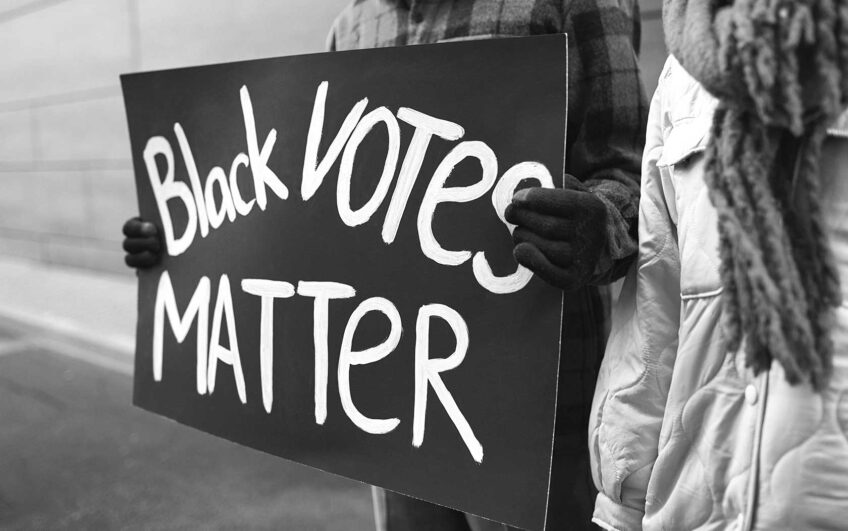In Boston, we no longer throw rocks at buses; instead, we use test scores. A recent paper from MIT Blueprint Labs relies on MCAS results in arguing for what would be a historic policy change: a full return to neighborhood schools. On a large scale, Boston hasn’t used neighborhood school assignment since the 1973-74 school year. That summer, Judge Garrity famously issued Boston’s desegregation order, and buses started just a few months later. Since then, court oversight transferred to state oversight and later to district control. In 2015, the district began implementing a home-based assignment system for K-8 students, though high schools remained open to students across the city.
If the recommendations from the Blueprint Labs report were to be implemented as written, it would effectively be the last chapter in Boston’s effort at racial integration. We’d be returning to a ’70s-era policy on the premise that segregation is best for student success.
For such a dramatic change, you might expect clear and compelling research evidence. That’s not exactly true of the Blueprint Labs report. Sure, the report was written by a Nobel Prize-winning economist, and it uses a sophisticated design. Unlike previous research, the authors look only at students who applied for schools outside of their neighborhood, comparing those who actually enrolled in a non-neighborhood school with those who were not granted a seat, and therefore ended up attending their neighborhood school. Often, the difference between those who enroll and those who do not is a randomly generated tie-breaker. As a result, the researchers are able to compare student performance without fear of selection bias. If students and their families made it to the application process in the first place, we can assume that they come from families that are roughly comparable in the time and resources available to seek out-of-neighborhood schools. (The researchers conduct a similar analysis for students in New York City, using SAT scores.)
However, the old adage applies here: Bad data in, bad data out. The authors rely primarily on MCAS scores that are at least a decade old. Based on results in 6th, 7th, and 9th grade from 2006-2013 school years, the research concludes that there is no benefit — and no harm — to school desegregation. Looking at school quality through test scores obscures the many benefits of integrated schools that could not possibly be captured in a multiple choice exam. Research has thoroughly established that integration can lead to reduced prejudice, comfort with peers from different backgrounds, and increased friendships across race and class differences. These are worthy policy goals, especially as our multicultural democracy is crumbling under the weight of its own racial divisions.
In reviewing data on Boston students, the report also looks at enrollment in four-year colleges. As with test scores, the authors find that there is no demonstrable increase or decrease in college attendance for students who attend schools outside of their neighborhood. The findings here clash with the results from a massive new study conducted by Raj Chetty at Harvard’s Opportunity Insights project. While the Blueprint Labs study looks only at college enrollment and for a much smaller number of students, the Chetty study examines social mobility more generally and includes a much larger dataset. Reviewing data on 21 billion friendships on Facebook, their team found that children who had more opportunities to connect with others from different social classes were more likely to transcend poverty. Those types of connections would be cut off in a return to neighborhood schools.
To be clear, data from Blueprint Labs itself confirms that segregation would increase under their proposal. Specifically, they ran a simulation of their neighborhood schools plan and found that “minority isolation” for Black students in Boston would increase by more than 10%. That’s a stark number for an already segregated school district.
The trade-offs for increased isolation seem minimal. The authors find that students’ school commutes would be reduced “by about 13 minutes,” and they estimate that the district would save roughly $1,020 in transportation costs per pupil. In the 2020-2021 school year, Boston spent $26,589.17 per pupil. The transportation savings, then, account for less than 4% of total per pupil cost. In both the report and recent Globe coverage, however, this figure is presented as a major step towards resource equity.
Further, authors claim that it’s “reasonable” to expect that “additional spending would target high-needs students,” though this claim runs counter to the long, largely unrealized hope for equity in school funding. American history and contemporary reality simply give us no reason to assume that additional funding will effortlessly make its way to students of color.
In total, then, we have data from an inadequate source (MCAS), combined with results that are contested in larger-scale research to be used as justification for what will certainly increase the isolation of Black students in Boston. The trade-off is an unclear amount of time and cost saved on transportation and even less certainty about whether students would benefit directly from any cost savings.
We can do a lot better. And, we can start by recognizing what should otherwise be obvious: Public schools don’t only exist to serve individual students as autonomous units. Instead, the public school system can and should be an engine for strengthening our fragile American democracy. Students, of course, are more than test scores, and schools are more than test- and college-preparation laboratories. We easily lose sight of this when we look at schools through individual gains only. The result is a lack of imagination, and a retreat to the same policies that failed 50 years ago in hopes that we might still find a way to make separate equal.
Peter Piazza is the school quality measures director at UMass Lowell’s Education Commonwealth Project. He also writes about school integration at the School Diversity Notebook






